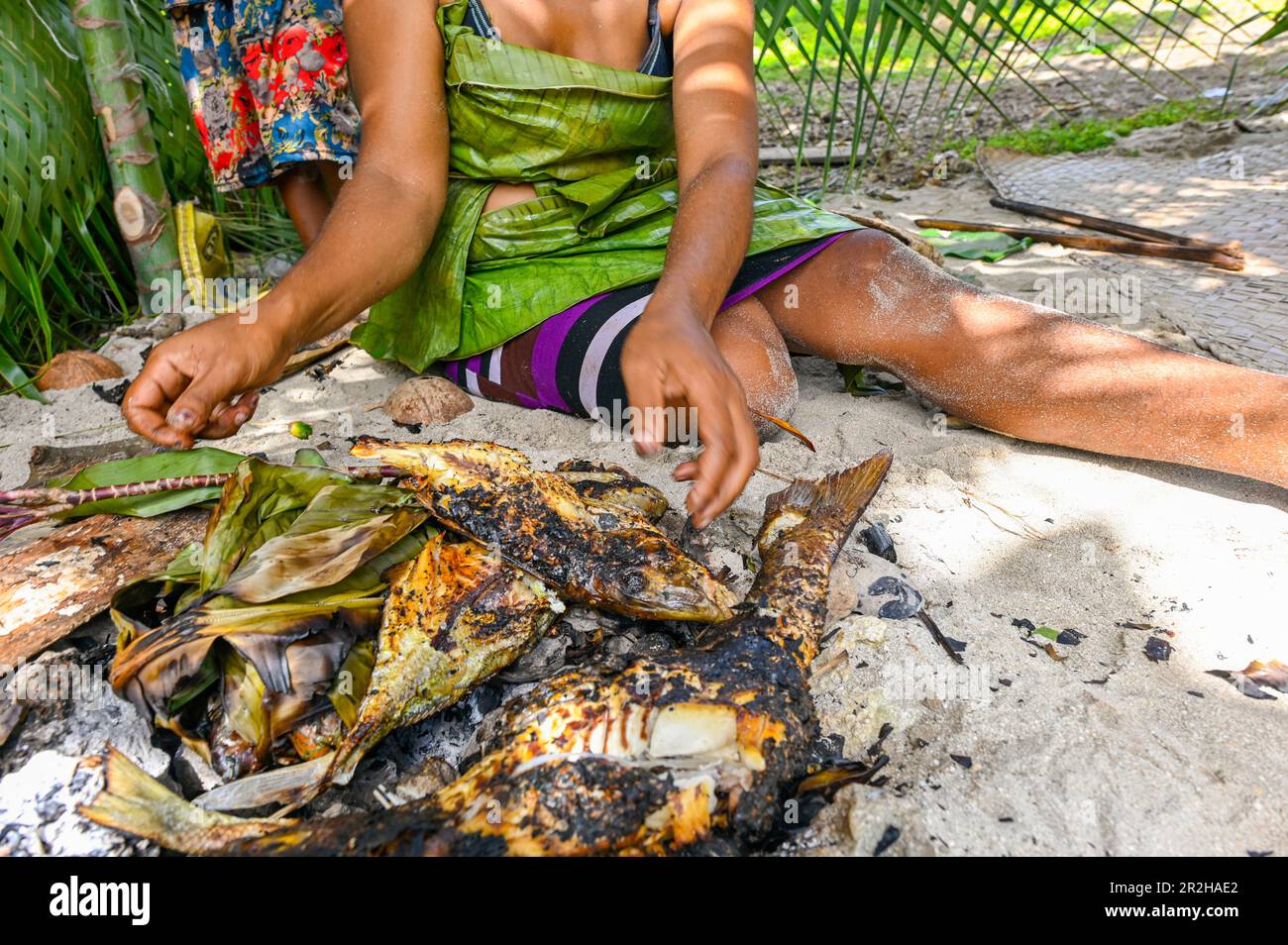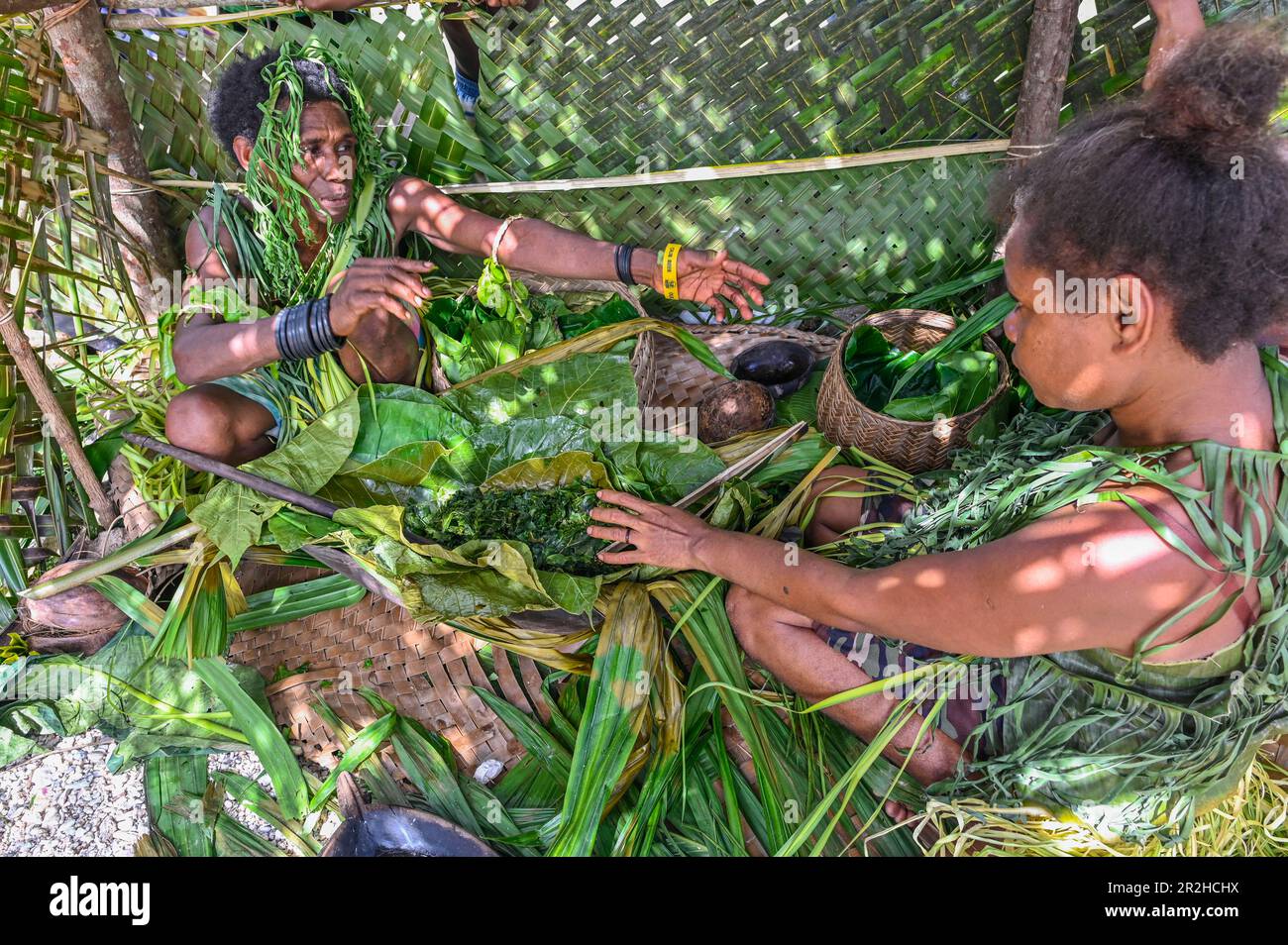
Absolutely! Here’s an article on Indigenous Food Preparation Techniques, along with a few recipe examples.
A Taste of Heritage: Indigenous Food Preparation Techniques
The story of humanity is intrinsically linked to the story of food. Long before the advent of modern agriculture and industrial processing, Indigenous peoples around the world developed ingenious and deeply sustainable methods for preparing and preserving their sustenance. These techniques, honed over millennia, are not merely about survival; they are a testament to profound ecological knowledge, cultural heritage, and a harmonious relationship with the natural world. Understanding these ancient practices offers a glimpse into a more mindful and resourceful way of living, and importantly, a way to reconnect with the flavors and wisdom of our ancestors.
At its core, Indigenous food preparation is characterized by a deep respect for ingredients. Every part of an animal or plant was utilized, minimizing waste and maximizing nutritional value. This philosophy, often referred to as "nose-to-tail" or "root-to-stem" eating, was born out of necessity but has evolved into a sophisticated culinary art form. It involved an intimate understanding of local ecosystems, knowing when and where to harvest, and how to transform raw ingredients into nourishing and delicious meals using the resources available.

One of the most fundamental Indigenous food preparation techniques is cooking with heat, but the methods of applying that heat were remarkably diverse and often ingenious. Open-fire cooking was, and remains, a cornerstone. This could involve roasting meats and vegetables directly over embers, suspending them from branches, or wrapping them in leaves and burying them in hot coals. The smoky aroma imparted by open fires is a signature flavor in many Indigenous cuisines, adding a depth and complexity that is difficult to replicate.
Beyond direct flame, pit cooking stands out as a remarkably efficient and effective method. This involves digging a pit in the ground, heating stones within it, and then placing food items, often wrapped in leaves or animal hides, on top of the hot stones. The pit is then covered with earth, creating a natural oven that cooks food slowly and evenly, preserving moisture and infusing it with earthy flavors. This technique is particularly well-suited for larger cuts of meat or root vegetables, allowing them to become incredibly tender. Examples include the hangi of the Māori people of New Zealand or the pachamanca of the Andean regions of South America.
Smoking is another vital preservation and flavor-enhancing technique. By exposing food to smoke from smoldering wood, Indigenous peoples could extend the shelf life of meats and fish, making them transportable and available during leaner seasons. Different types of wood impart distinct smoky profiles, adding another layer of nuance to the final product. This method also played a crucial role in preventing spoilage in humid climates.
Drying and Dehydrating were equally important, especially in regions with distinct wet and dry seasons or during times of plenty. Sun-drying was a common practice for fruits, vegetables, and meats, concentrating their flavors and nutrients. This method not only preserved food but also made it lighter and easier to store and transport. Techniques like creating jerky from lean meats were essential for long journeys or periods of scarcity.
Fermentation is a complex and ancient form of food preparation that was mastered by many Indigenous cultures. This process, involving the action of microorganisms like bacteria and yeasts, transformed raw ingredients, making them more digestible, nutritious, and adding unique tangy and complex flavors. Fermented foods were often preserved for extended periods. Examples include the fermentation of maize into beverages like chicha in South America, the pickling of vegetables, or the aging of cheese-like products from animal milk. This process also often increased the bioavailability of certain vitamins and minerals.
Grinding and Milling were essential for transforming grains, nuts, and seeds into flours and pastes. Mortars and pestles, made from stone or wood, were the primary tools for this laborious but crucial process. These flours could then be used to make breads, porridges, and other staple dishes. The coarseness or fineness of the grind would vary depending on the intended use, showcasing a nuanced understanding of ingredient texture.
Boiling and Steaming were also employed, often in conjunction with other methods. Water, when available, was a valuable cooking medium. Food could be boiled in gourds or animal stomachs over a fire, or steamed in bundles of leaves. These methods allowed for the efficient cooking of smaller ingredients and the creation of broths and stews, which were highly nutritious and hydrating.
Pounding and Mashing were used to break down ingredients, tenderize them, or create smooth textures. This was particularly useful for starchy roots like cassava or taro, which needed to be processed to remove toxins or to achieve a palatable consistency. The resulting mashes could form the base of many dishes.

Beyond these core techniques, Indigenous food preparation often involved a profound understanding of herbs and spices. While not always cultivated in the same way as in modern agriculture, Indigenous peoples possessed an encyclopedic knowledge of wild edible plants, medicinal herbs, and their culinary applications. These were used to season, preserve, and even add medicinal properties to their food.
The relationship between Indigenous peoples and their food is also deeply spiritual and communal. Food preparation was often a shared activity, a time for storytelling, passing down knowledge, and strengthening social bonds. The act of preparing and sharing a meal was, and continues to be, a sacred ritual, honoring the bounty of the earth and the interconnectedness of all living things.
In today’s world, where processed foods and fast-cooking methods are prevalent, there is a growing appreciation for the wisdom embedded in Indigenous food preparation techniques. These methods offer not only delicious and nutritious alternatives but also valuable lessons in sustainability, resourcefulness, and a deeper connection to our planet. Embracing these ancient practices is a way to honor our heritage, support local ecosystems, and savor the authentic taste of tradition.
Indigenous Recipe Inspirations
While specific recipes vary immensely across cultures and regions, here are a few inspired examples that illustrate common Indigenous food preparation techniques. These are simplified for modern kitchens and aim to capture the spirit of the original methods.
1. Smoked Salmon with Wild Berries (Inspired by Pacific Northwest Traditions)
This recipe highlights the use of smoking for preservation and flavor, combined with the bounty of wild fruits.
Technique: Smoking, Roasting (optional)
Ingredients:
- 1 lb salmon fillet, skin on
- 1/4 cup wood chips (hickory, alder, or fruitwood recommended)
- 1/2 cup mixed fresh or dried wild berries (e.g., blueberries, huckleberries, cranberries)
- 1 tablespoon maple syrup or honey (optional, for glazing)
- Salt and freshly ground black pepper to taste
- Fresh dill or parsley for garnish (optional)
Instructions:
- Prepare the Salmon: Rinse the salmon fillet and pat it dry with paper towels. Season generously with salt and pepper.
- Prepare the Smoker: If using a stovetop smoker, follow the manufacturer’s instructions for adding wood chips. If using an outdoor smoker or grill set up for smoking, prepare your wood chips according to your smoker’s instructions.
- Smoke the Salmon: Place the salmon fillet on the smoker rack, skin-side down. Smoke at a low temperature (around 160-180°F or 70-80°C) for 1-2 hours, or until the salmon is cooked through and flakes easily with a fork. The cooking time will depend on the thickness of the fillet.
- Modern Kitchen Adaptation: If you don’t have a smoker, you can achieve a smoky flavor by pan-searing the salmon until cooked and then finishing it under a broiler with a few drops of liquid smoke (use sparingly) or by baking it with a smoky spice rub.
- Glaze (Optional): In the last 15-20 minutes of smoking, you can brush the salmon with a glaze made from maple syrup or honey mixed with a little berry juice.
- Serve: Once cooked, let the salmon rest for a few minutes. Serve it warm, topped with fresh wild berries. Garnish with fresh dill or parsley if desired. The berries can be served fresh or gently warmed.
2. Root Vegetable and Lentil Pit Stew (Inspired by Andean Pachamanca or North American Indigenous Stews)
This recipe emulates the slow-cooking, earthy flavors achieved through pit cooking and the use of staple ingredients.
Technique: Slow Cooking, Boiling/Simmering (adapted)
Ingredients:
- 1 lb mixed root vegetables (e.g., sweet potatoes, carrots, parsnips, potatoes), peeled and cut into large chunks
- 1 cup dried brown or green lentils, rinsed
- 1 large onion, roughly chopped
- 2 cloves garlic, minced
- 4 cups vegetable broth or water
- 1 teaspoon dried thyme or other wild herbs (e.g., sage, marjoram)
- Salt and freshly ground black pepper to taste
- Optional: A few strips of smoked meat or bacon for added flavor
Instructions:
- Prepare the Vegetables: Ensure all root vegetables are cut into roughly equal, large chunks to ensure even cooking.
- Combine Ingredients: In a large, heavy-bottomed pot or Dutch oven, combine the root vegetables, rinsed lentils, chopped onion, minced garlic, vegetable broth or water, and dried herbs. Add salt and pepper to taste. If using smoked meat, add it now.
- Simmer Slowly: Bring the mixture to a boil, then reduce the heat to low, cover tightly, and simmer gently for 1.5 to 2 hours, or until the root vegetables are very tender and the lentils have softened and thickened the stew. Stir occasionally to prevent sticking.
- Pit Cooking Inspiration: Imagine this stew being cooked in a hot pit. The slow, consistent heat would tenderize the vegetables beautifully and meld the flavors deeply.
- Adjust Seasoning: Taste and adjust salt and pepper as needed. If the stew is too thick, add a little more broth or water. If it’s too thin, simmer uncovered for a bit longer.
- Serve: Ladle the hearty stew into bowls. This is a comforting and nourishing meal that embodies the essence of slow, earth-cooked food.
3. Sun-Dried Berry and Nut "Leather" (Inspired by various North American Indigenous Fruit Leathers)
This recipe replicates the ancient practice of dehydrating fruits and nuts for preservation and portable energy.
Technique: Drying/Dehydrating
Ingredients:
- 2 cups mixed dried berries (e.g., cranberries, blueberries, raspberries)
- 1/2 cup mixed nuts (e.g., walnuts, pecans, almonds), finely ground into a flour
- 1/4 cup water or unsweetened apple juice
- Optional: A touch of honey or maple syrup for sweetness
Instructions:
- Soak Berries (if using very dry): If your dried berries are very hard, soak them in warm water for about 30 minutes, then drain well.
- Process the Mixture: In a food processor, combine the dried berries, ground nut flour, and water or apple juice. Process until you have a thick, paste-like consistency. Add optional sweetener if desired.
- Spread the Mixture: Line a baking sheet with parchment paper or a silicone baking mat. Spread the berry and nut mixture thinly and evenly over the parchment paper, aiming for about 1/8 to 1/4 inch thickness.
- Dry the Leather:
- Dehydrator Method: Place the baking sheet in a food dehydrator and dry at 130-140°F (55-60°C) for 6-10 hours, or until the "leather" is no longer sticky and peels cleanly from the parchment paper.
- Oven Method: Place the baking sheet in an oven set to its lowest temperature (ideally around 140-150°F or 60-65°C) with the oven door slightly ajar to allow moisture to escape. This process can take 4-8 hours or longer, depending on your oven. Keep a close eye on it to prevent burning.
- Cut and Store: Once dried, peel the "leather" from the parchment paper. Cut it into strips or squares. Store in an airtight container at room temperature for a few weeks, or longer in the refrigerator.
These recipes are starting points, meant to inspire an exploration of Indigenous culinary traditions. The true essence lies in the connection to ingredients, the respect for the earth, and the mindful creation of nourishing food.


